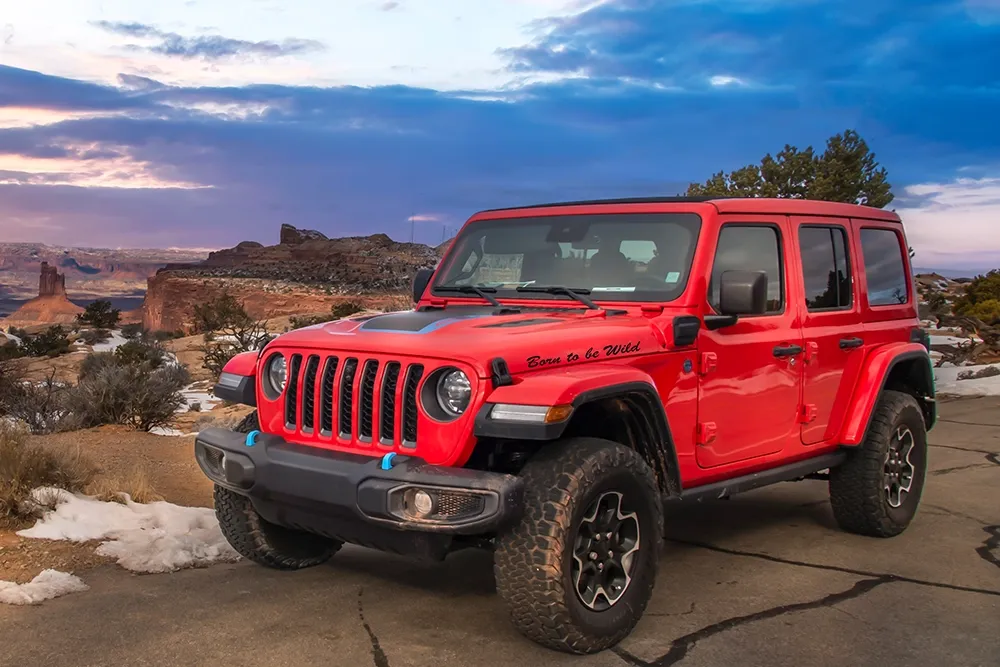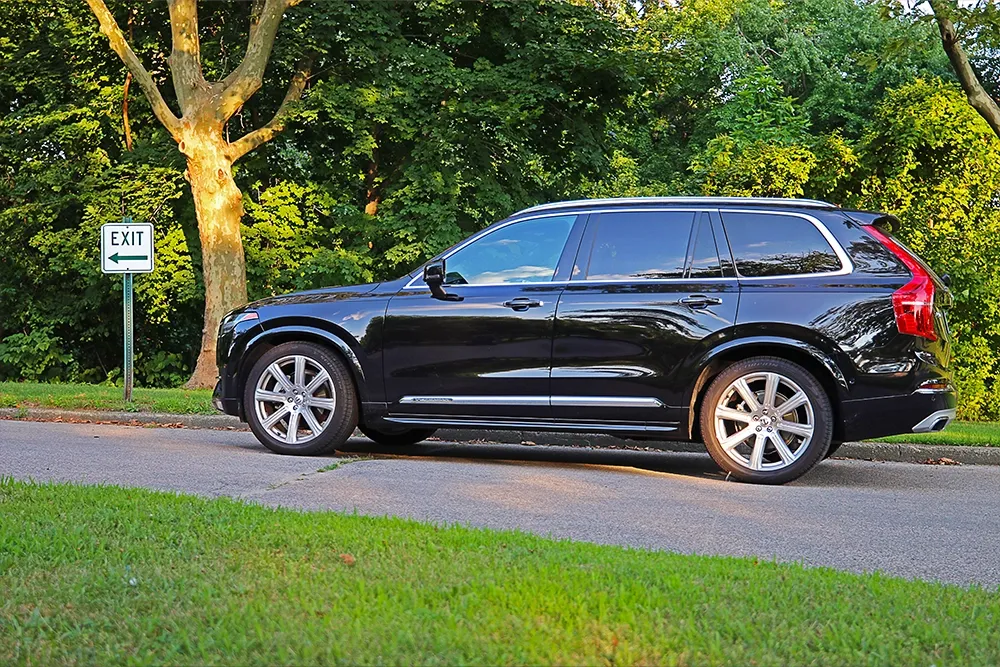When it comes to automotive safety, the debate between high-performance supercars and everyday vehicles often sparks intense discussion. While supercars dazzle us with their super-powered engines delivering incredible speeds, razor-sharp designs and gorgeous trims, and exotic interiors, many drivers wonder about the practical safety implications of these engineering marvels compared to their daily drivers.
In this piece, we’ll explore if supercars are just glorified masterpieces or they’re indeed safe for driving as conventional cars.
The Safety Paradox of High-Performance Vehicles
The question of supercar vs normal car safety isn't as straightforward as it might seem. Supercars are built with cutting-edge technology and premium materials, yet their high-performance nature introduces unique safety considerations that are not discussed with conventional vehicles.
Modern supercars incorporate advanced safety technologies that often surpass what's found in regular cars. Carbon fiber construction, sophisticated traction control systems, and multiple airbag configurations are standard features. However, the extreme performance capabilities of these vehicles can present challenges that everyday cars simply don't face.
Engineering Excellence Meets Safety Standards
Supercar safety vs regular car safety reveals fascinating contrasts in engineering approaches. Manufacturers like Ferrari, McLaren, and Lamborghini invest heavily in safety research, often pioneering technologies that eventually trickle down to mainstream vehicles. These cars feature reinforced carbon fiber monocoques, advanced stability management systems, and high-performance braking systems that can stop massive amounts of kinetic energy.

Regular cars, on the other hand, are designed with different priorities. They focus on protecting occupants in the most common accident scenarios, with crumple zones, standard airbag systems, and safety features optimized for typical driving conditions. The result is vehicles that perform exceptionally well in standardized crash tests and real-world accident scenarios.
Daily Driving Considerations
Are supercars safe for daily driving? This question touches on practicality beyond raw safety statistics. Supercars often have limited visibility due to their low-slung designs, making parking and maneuvering in tight spaces more challenging. Their powerful engines and sensitive throttle responses require experienced handling, especially in adverse weather conditions.
The driver's skill level plays a crucial role in supercar vs normal car safety outcomes. While these vehicles have sophisticated electronic safety aids, they're designed for drivers who understand their capabilities and limitations. In contrast, regular cars are engineered to be forgiving and predictable for drivers of all skill levels.
Safety Features Comparison
When examining supercars vs standard cars safety features, the differences are substantial. Supercars typically include advanced traction control, multiple driving modes, sophisticated suspension systems, and high-performance braking components. Many feature carbon-ceramic brakes that provide exceptional stopping power and fade resistance.
Standard cars focus on comprehensive protection systems including multiple airbags, electronic stability control, anti-lock braking systems, and increasingly, advanced driver assistance systems like automatic emergency braking and blind-spot monitoring. These features are designed to prevent accidents and protect occupants when accidents occur.
Crash Test Performance and Ratings
Supercar safety ratings present an interesting challenge for testing organizations. Many supercars aren't subjected to the same standardized crash tests as regular vehicles due to their limited production numbers and high costs. However, when tested, they often perform well due to their robust construction and advanced materials.
Regular cars undergo extensive crash testing, with organizations like the IIHS and NHTSA providing comprehensive safety ratings. These tests evaluate performance in various collision scenarios, giving consumers clear safety comparisons. The standardized nature of these tests makes regular cars' safety performance more predictable and comparable.
Not Just Machine But Also “The Human Factor”
The ultimate safety comparison between supercars and normal cars often comes down to the human element. Supercar vs normal car safety isn't just about the vehicle's capabilities, but both driver behavior and skill level.
Supercars demand a lot of care and experience when driving. Their performance envelope is so wide that inexperienced drivers can quickly find themselves in dangerous situations. Regular cars, while capable of being driven unsafely, generally provide more predictable responses and have safety systems designed to compensate for driver error.
Real-World Safety Outcomes
Statistical analysis of real-world accidents reveals nuanced patterns. While supercars are involved in fewer total accidents due to their limited numbers, the severity of accidents when they do occur can be influenced by factors like speed and driver experience. Regular cars benefit from decades of safety optimization based on extensive real-world data and common accident scenarios.

Making the Right Choice
The safety comparison between supercars and normal cars ultimately depends on individual circumstances, driving experience, and intended use. For daily commuting and family transportation, regular cars offer proven safety records, comprehensive protection systems, and predictable handling characteristics.
Supercars excel in specific scenarios where their advanced engineering and performance capabilities can be properly utilized. They offer exceptional safety potential when driven by experienced drivers who understand their capabilities and limitations.
To Conclude…
The debate over supercar vs normal car safety doesn't have a simple winner. Both categories of vehicles offer distinct safety advantages suited to different driving scenarios and user needs. Supercars provide cutting-edge safety technology and exceptional engineering, while regular cars offer comprehensive, time-tested protection systems designed for everyday driving situations.
The safest car is ultimately the one that best matches the driver's skill level, intended use, and driving environment. Whether that's a high-tech supercar or a well-equipped family sedan, the key is understanding and respecting the vehicle's capabilities while maintaining safe driving practices.








